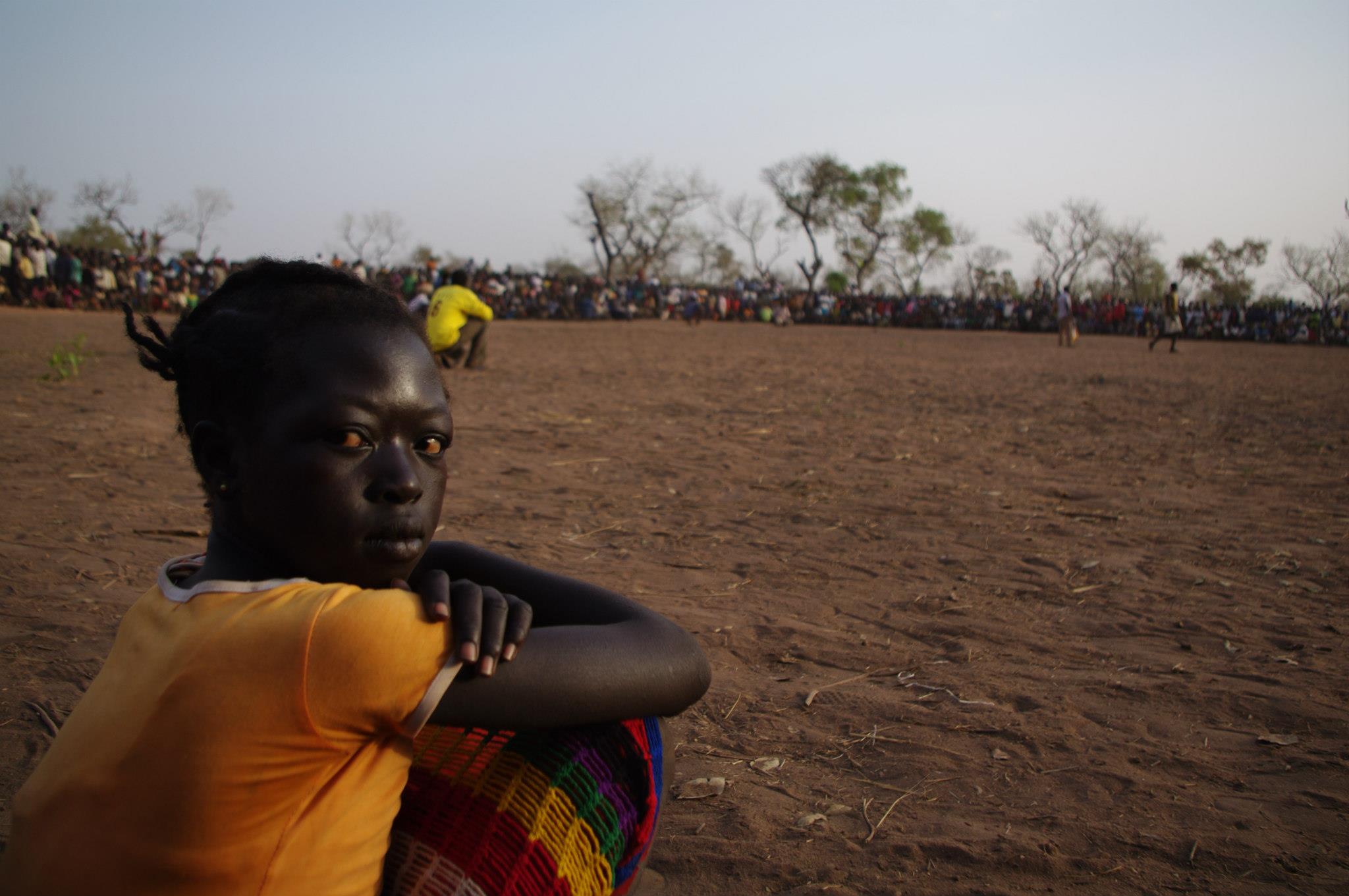
The U.N. reports that every day approximately 338 refugees cross from South Kordofan, Sudan, into newly independent South Sudan. Yida refugee camp now hosts more than 70,000 Sudanese who are fleeing atrocities and starvation warfare in their home country. However, the U.N.'s refugee agency maintains that Yida, which lies mere kilometers from the international border between the two Sudans, is an unsuitable location for an “official” refugee camp. Notwithstanding the fact that the camp has been hosting refugees for almost 20 months, the U.N. classifies the camp as a "transit" facility. The reality on the ground tells a very different story.
Aid workers report that the camp hosts scores of brick buildings and a bustling marketplace. Convincing refugees in Yida to abandon their new dwellings and livelihoods simply because of their technically inappropriate location will continue to be a huge challenge, especially since the community’s leadership sees benefit from the proximity to the border. Last year, UNHCR attempted, without success, to relocate the camp further south to the established camps of Pariang and Nyeel. The refugee communities' leaders objected to the transfer, arguing that those camps were located in deforested areas that were prone to flooding during the rainy season. By December 2012, only 853 refugees had relocated to Nyeel camp and 763 to Pariang camp. Pariang temporarily hosted around a thousand people from Yida during the school year due to the education services that it offered.
Camp organizers object that Yida’s proximity to the border allows for Sudanese rebels from the Justice and Equality Movement, or JEM, and Sudan People's Liberation Movement-North, or SPLM-N, to abuse the camp. Both groups are currently engaged in active hostilities with various Sudanese armed forces in Sudan’s Darfur, South Kordofan, and Blue Nile states. The U.N.’s refugee agency has repeatedly warned against the continued presence of armed men in the camps, as their presence undermines the fundamentally neutral character of refugee camps. In mid-March, Voice of America reported that one person died and hundreds fled as a result of clashes between unknown armed groups in the camps. According to the U.N., rebels cycle through the camp in between offensive maneuvers. In October 2012, a visiting U.S. official confirmed this objection, sharing, "we have asked them not to use the camp, which is supposed to be civilian, as a center for R&R (rest and recuperation) or the recruitment of soldiers." The leaders of the refugee communities, who largely support the SPLM-N, prefer living closer to the border so that they can maintain contact and stay closer to their original homes.
Unfortunately, refugee children are the victims in this standoff between the camp's leadership and the U.N. agency. The U.N.'s refugee agency has refused to establish schools there, pointing to a policy that classifies the camp as a "transit" point. This decision has been highly controversial, particularly since most of Yida's current residents expect to live there for some time, according to Enough Project sources on the ground. Nearly 70 percent of refugees in Yida are below age 18, making the lack of educational facilities particularly problematic. Continuing to insist that the children of Yida don't need formal schooling is a bureaucratic mistake. The people of Yida attempted to complain about the lack of schools during a visit from U.N. officials last year. This effort failed. In an attempt to force the issue, the refugee agency is now suggesting those who want their children to go to school need to move to one of the new camps.
The U.N. recently announced that it will be begin transferring refugees out of Yida at the end of month. The refugee agency plans to open two new camps. The first proposed camp, Ajuong, a portion of which will open at the end of March, is being established in densely forested area, which should respond to the community's concerns about access to firewood and protection from flooding. However, even when complete, the new camp will only have the capacity to host around 25,000 refugees. Aid workers on the ground confess that they are not on schedule to fully set up Ajuong before the rainy season, further complicating plans for people to move from Yida. No work has started in Gumriak, the planned location for a second camp. Realistically, the tens of thousands of people who live in Yida, which continues to grow, could not be accommodated in the new facilities, even if they could be convinced to move.
Photo: Young girl at Yida refugee camp (Enough)

